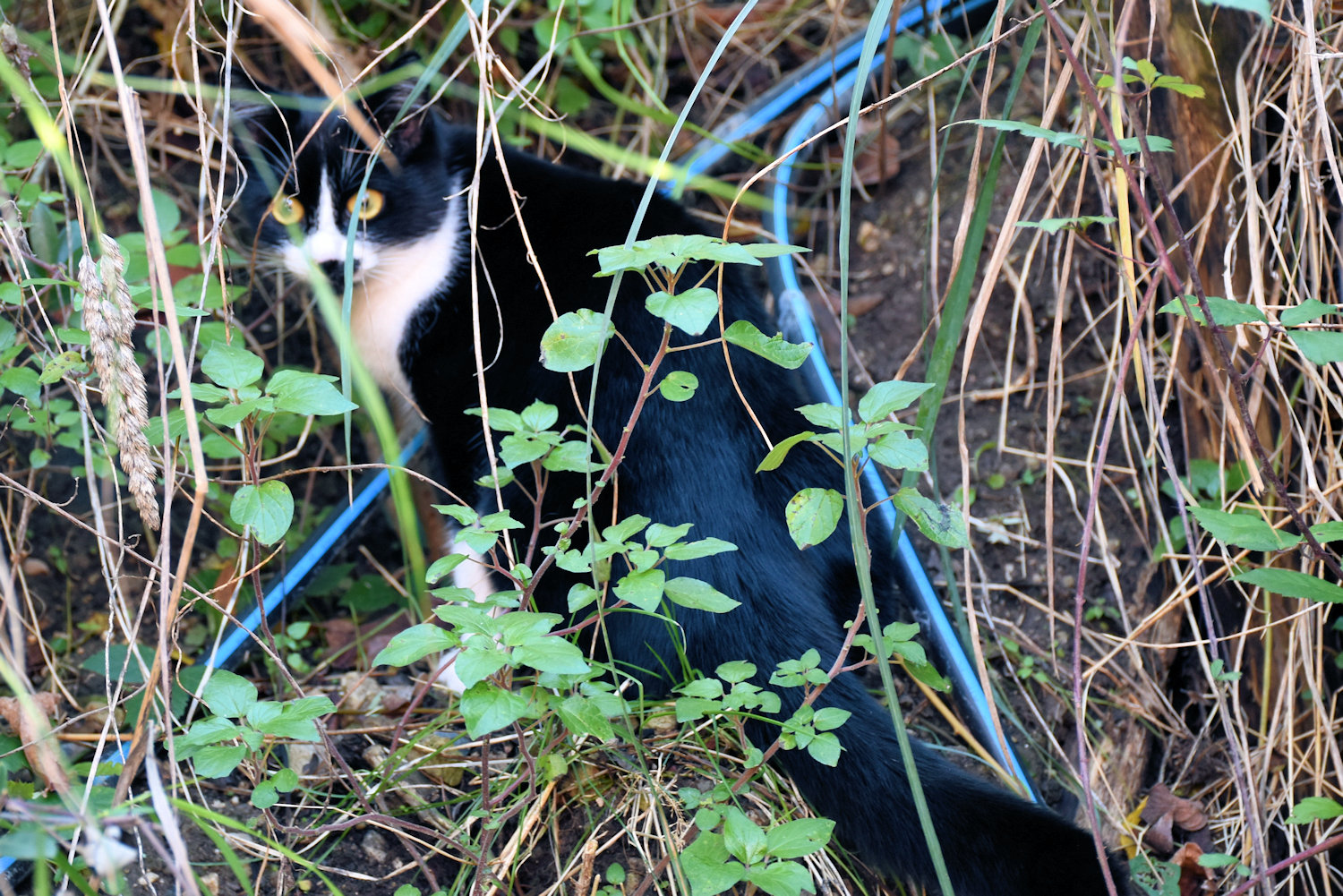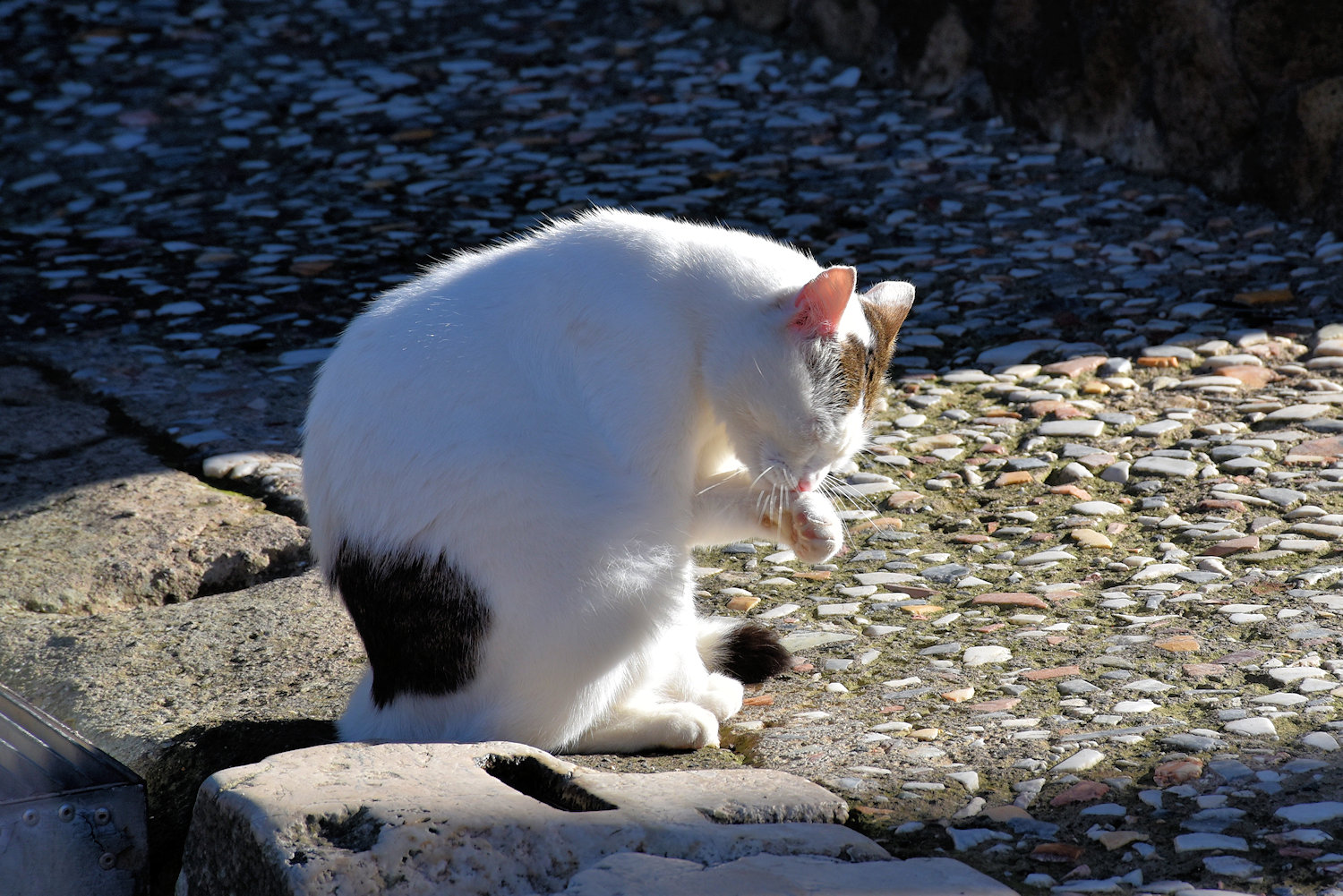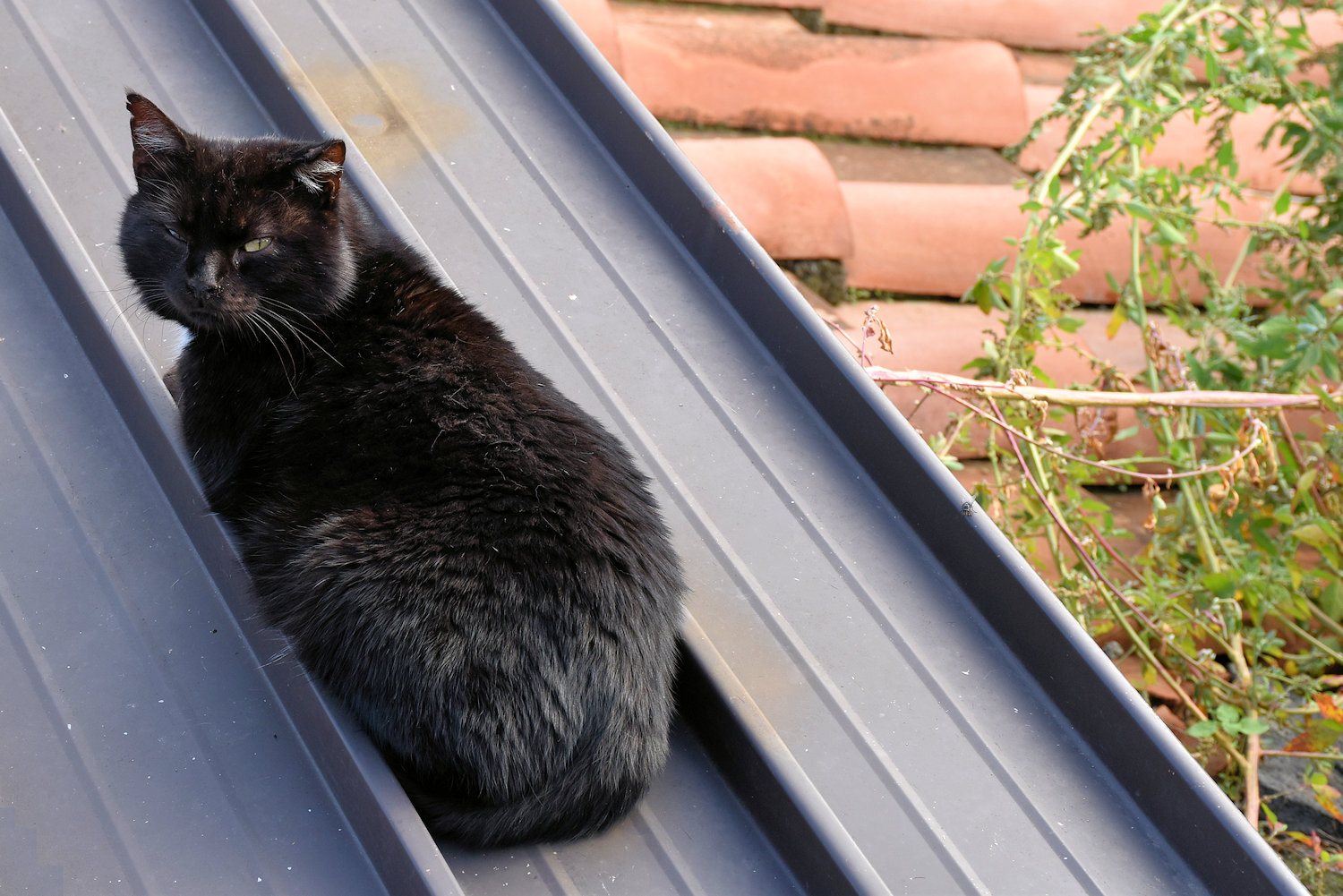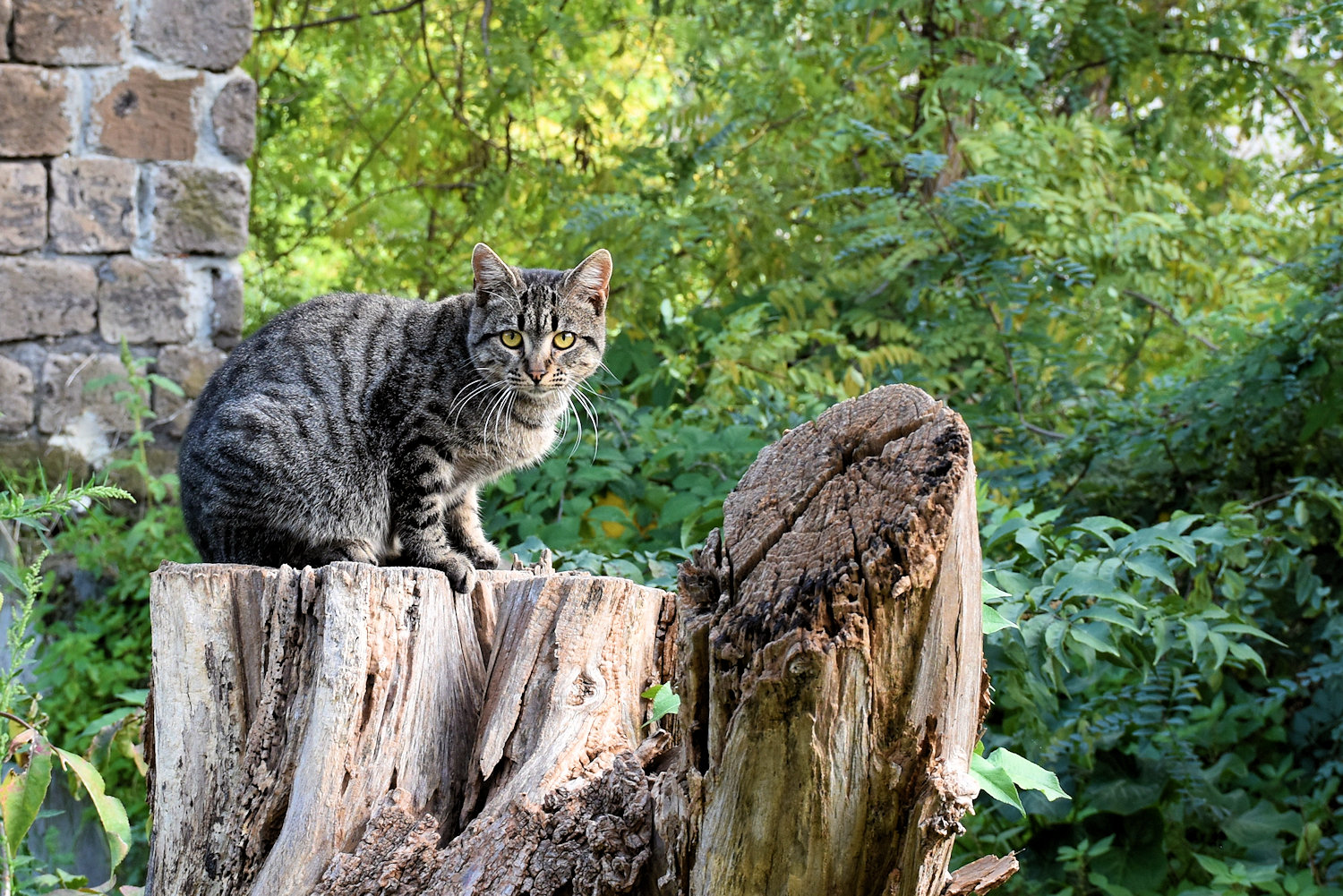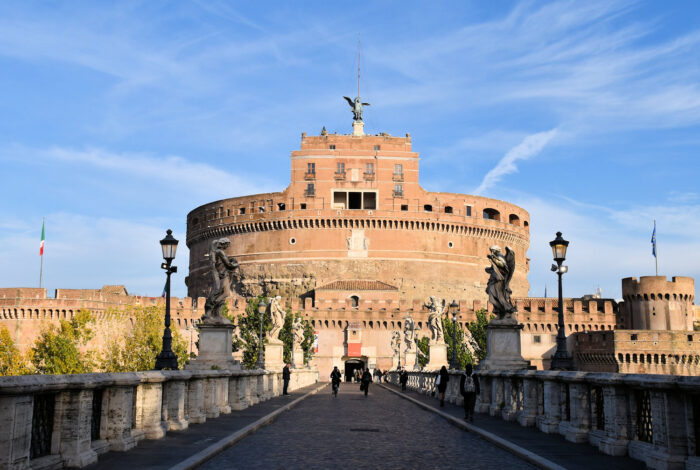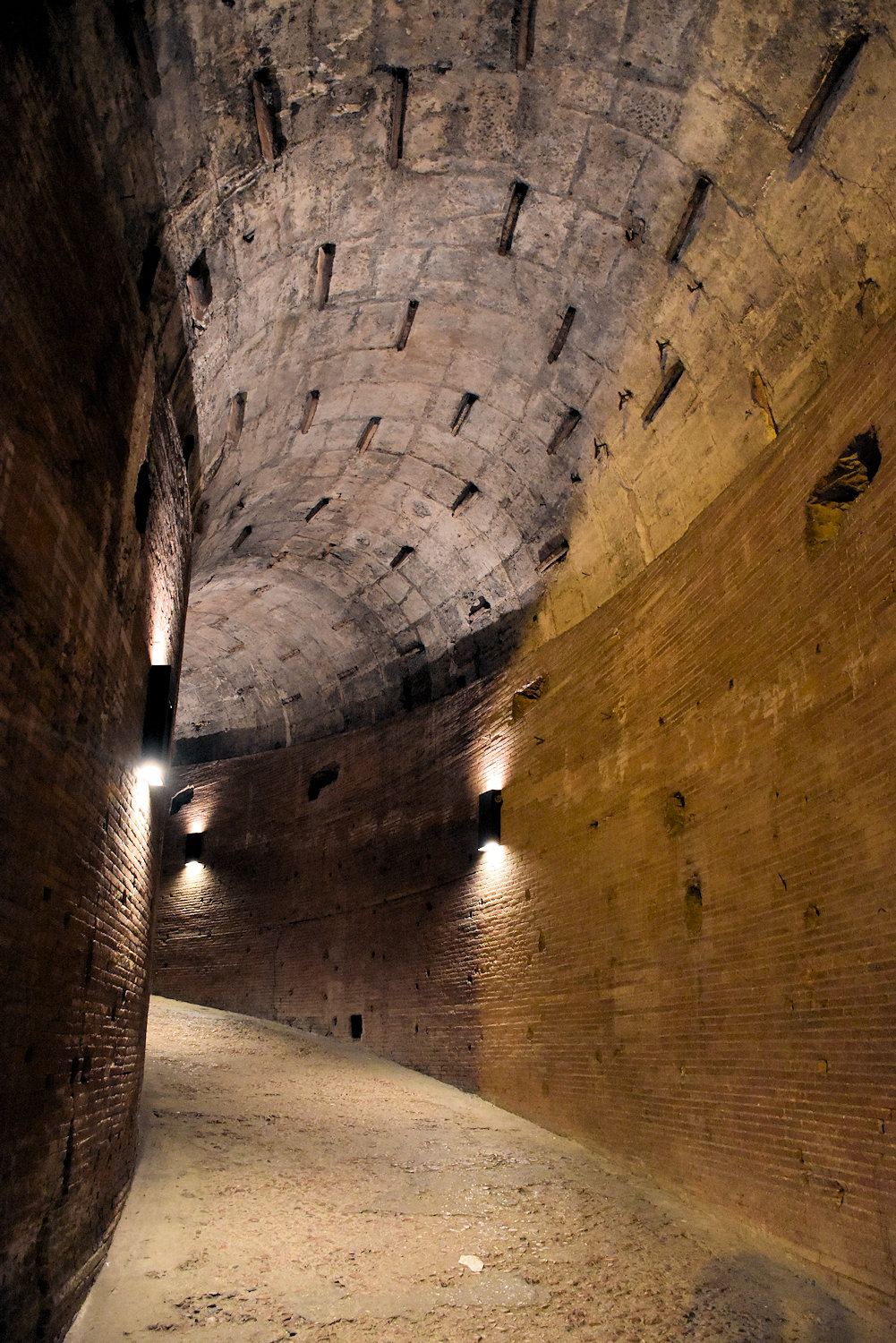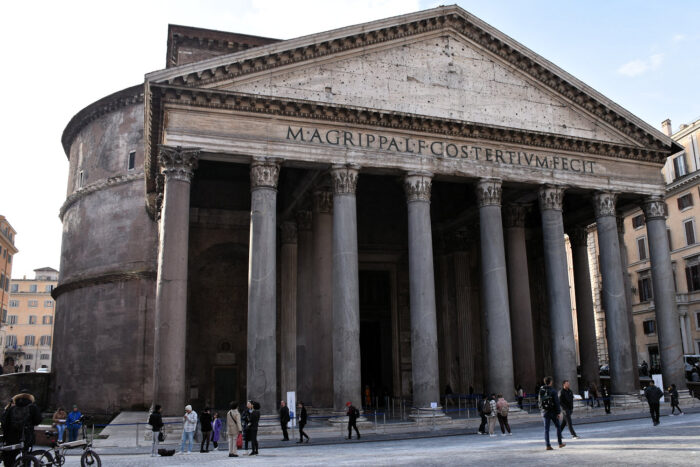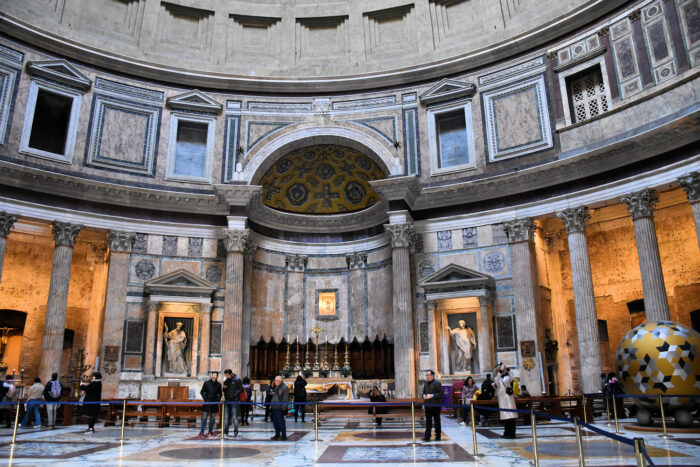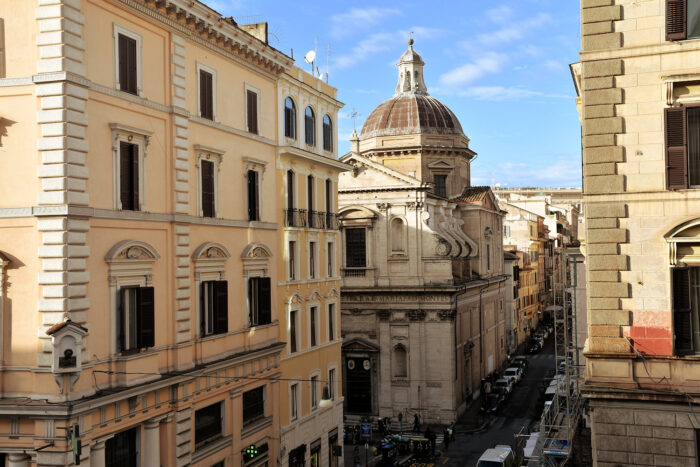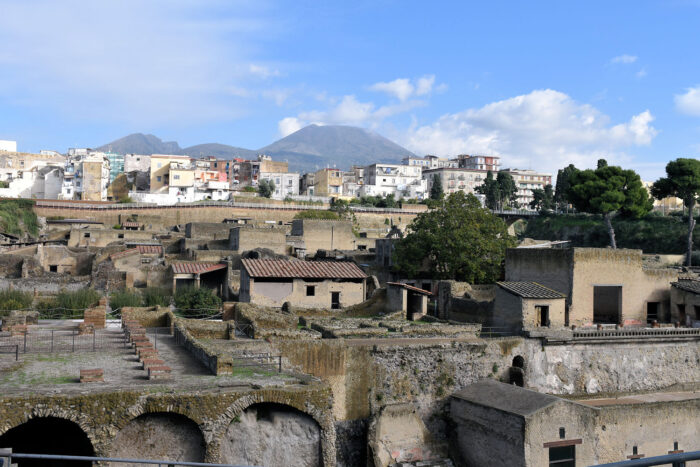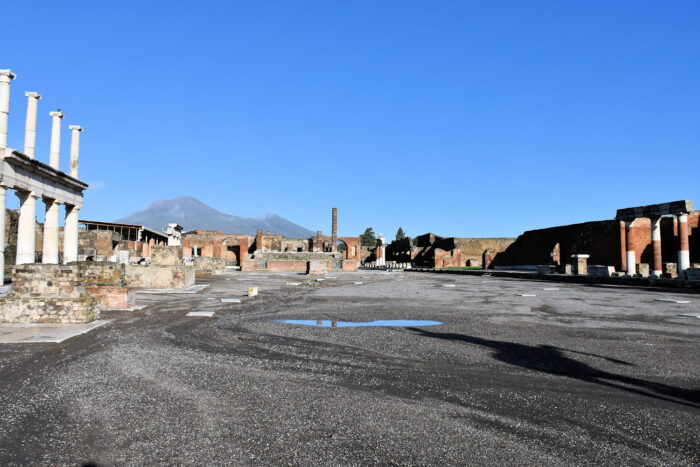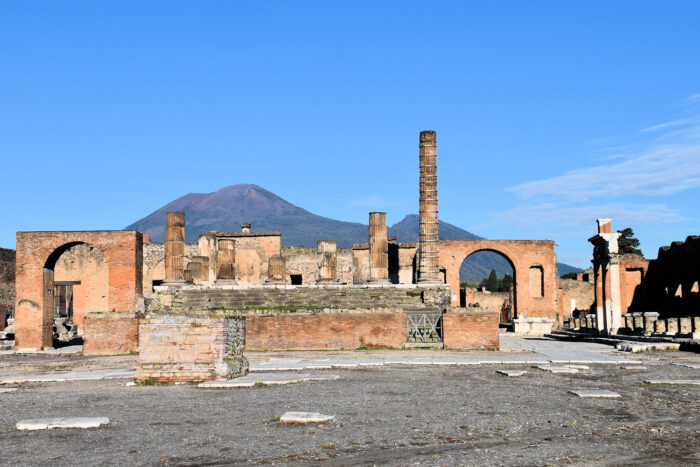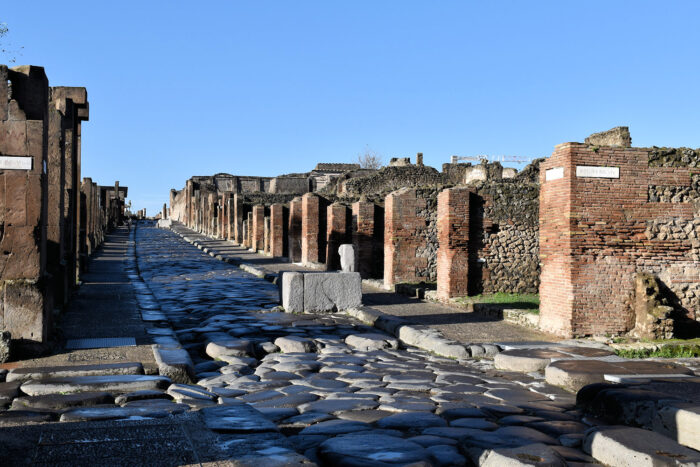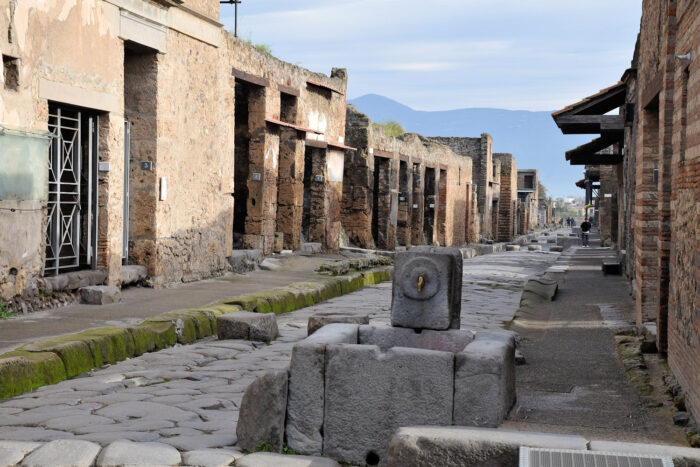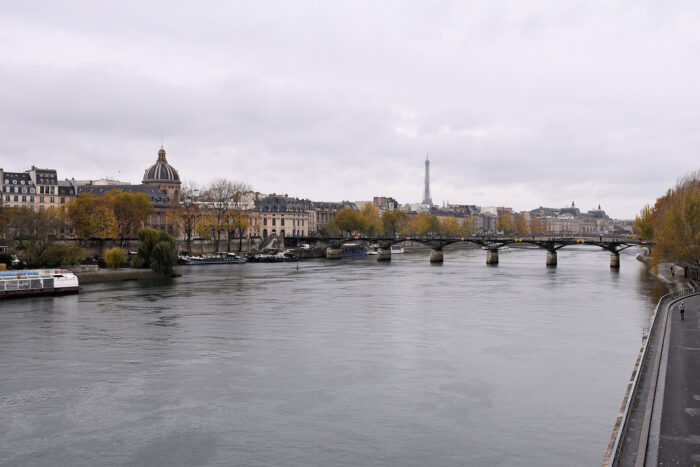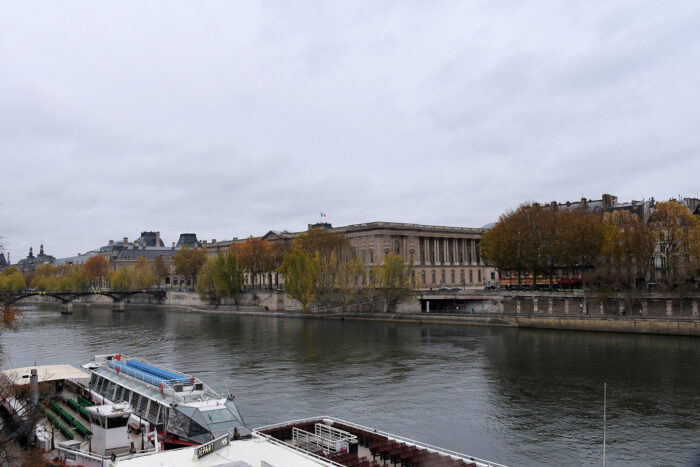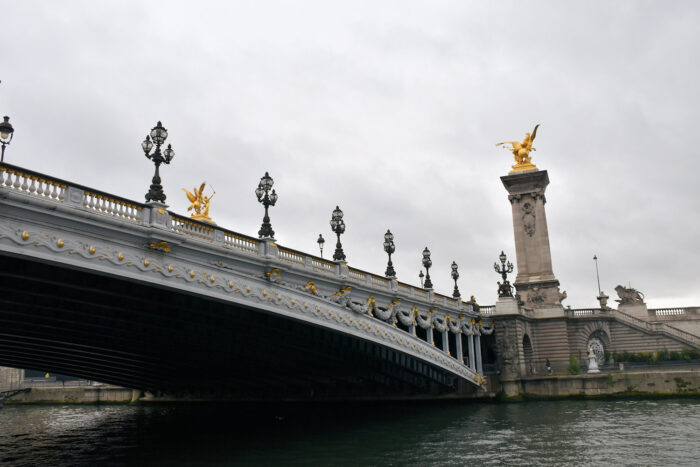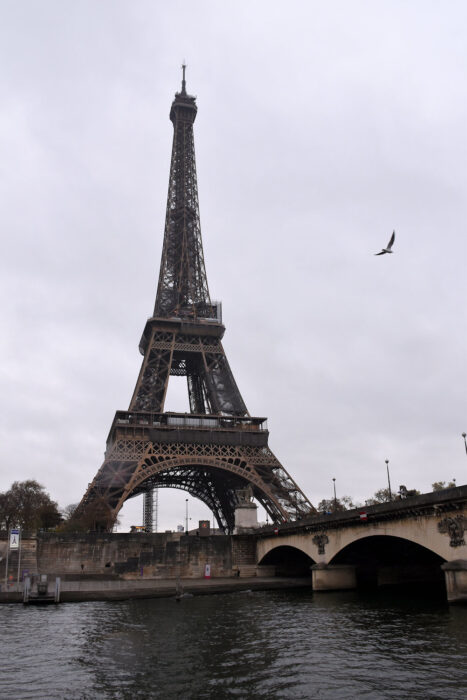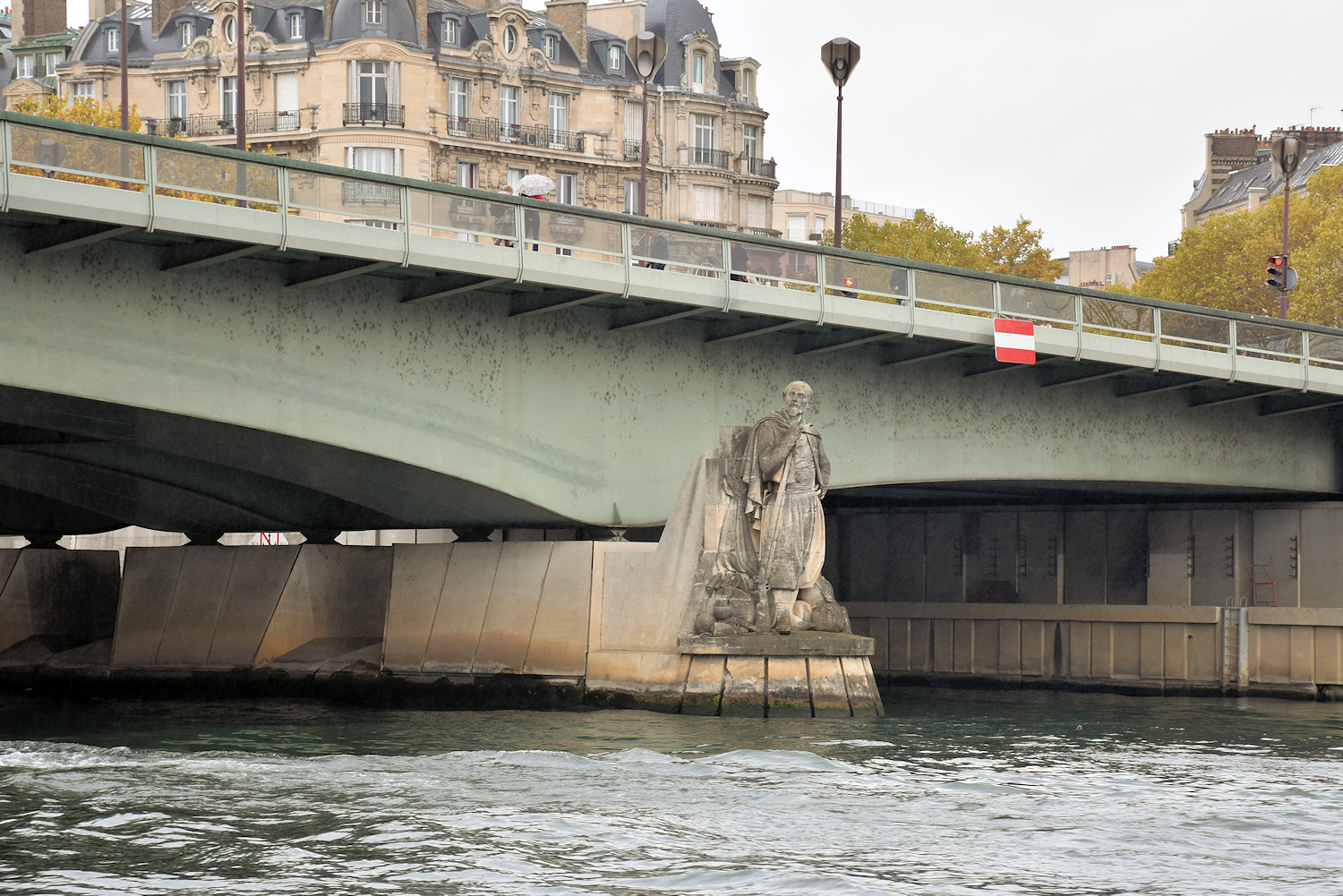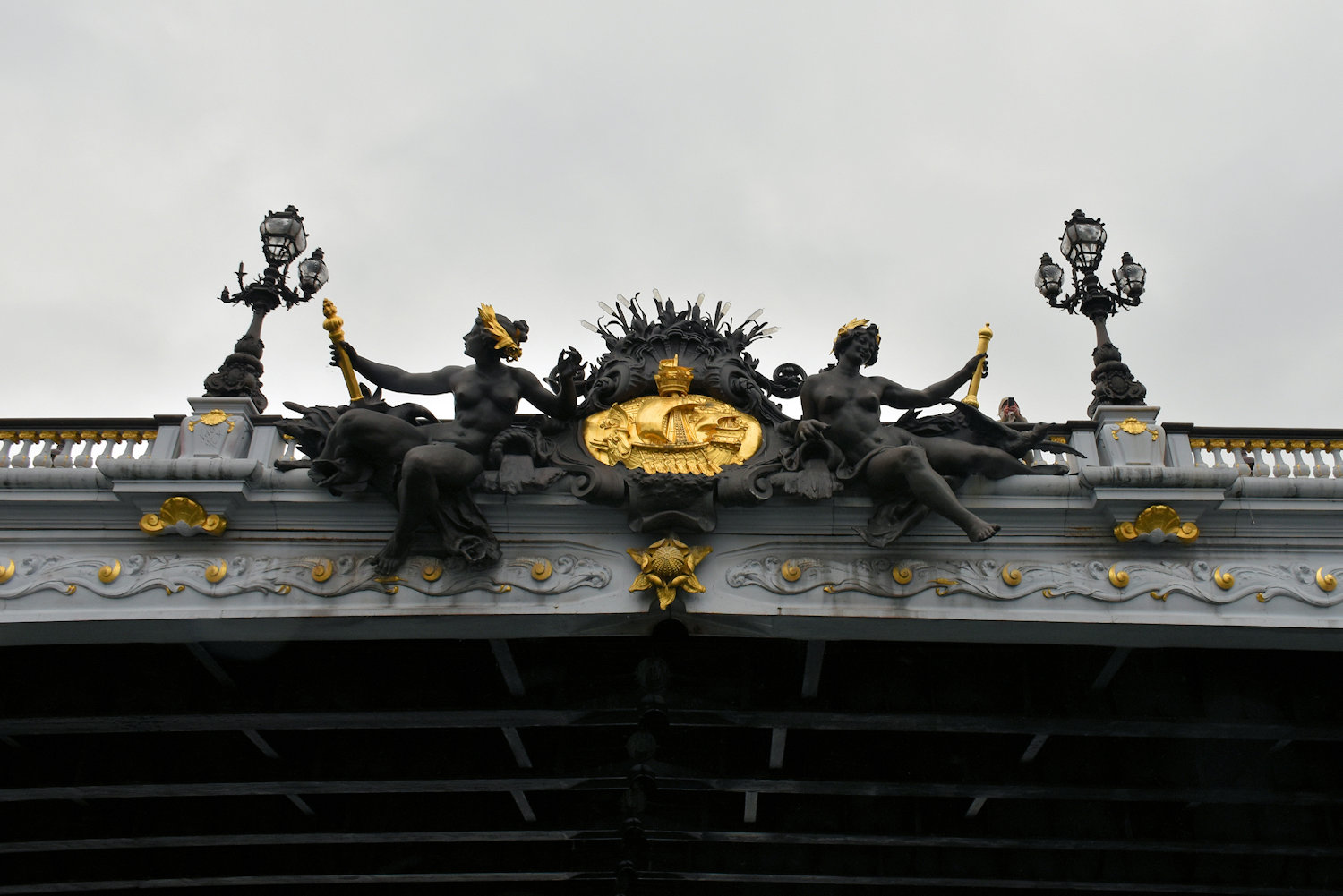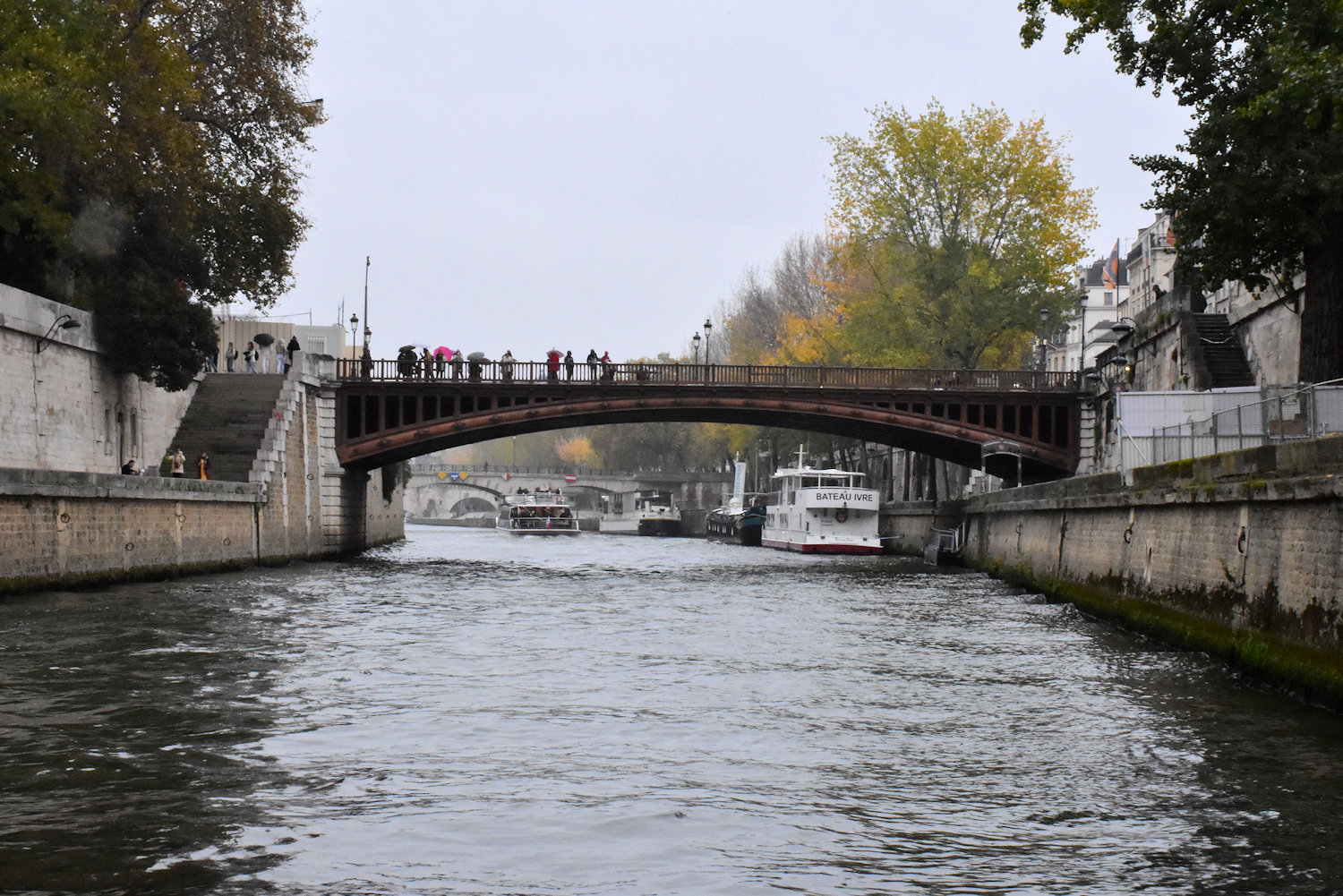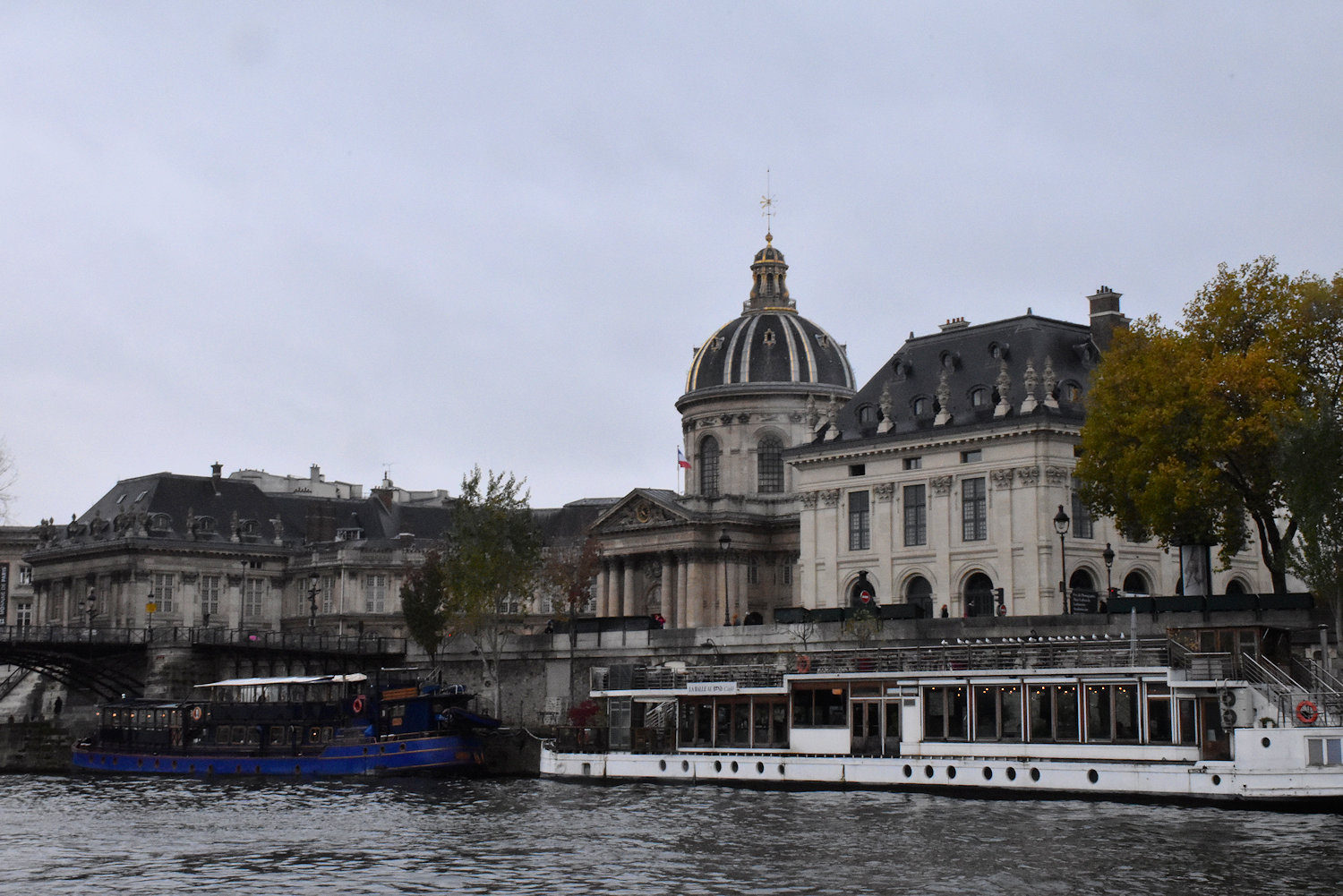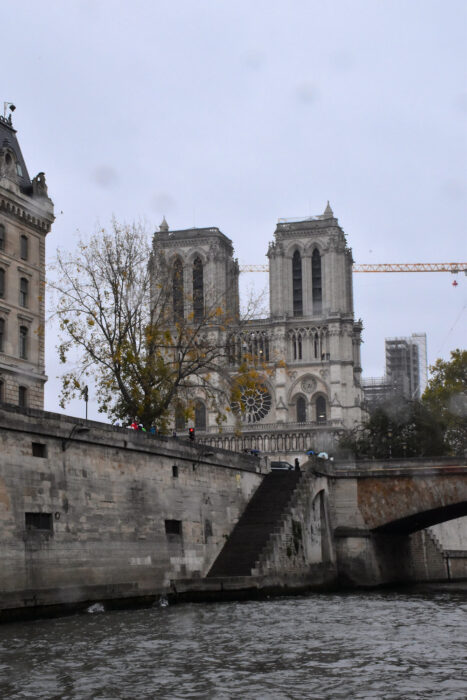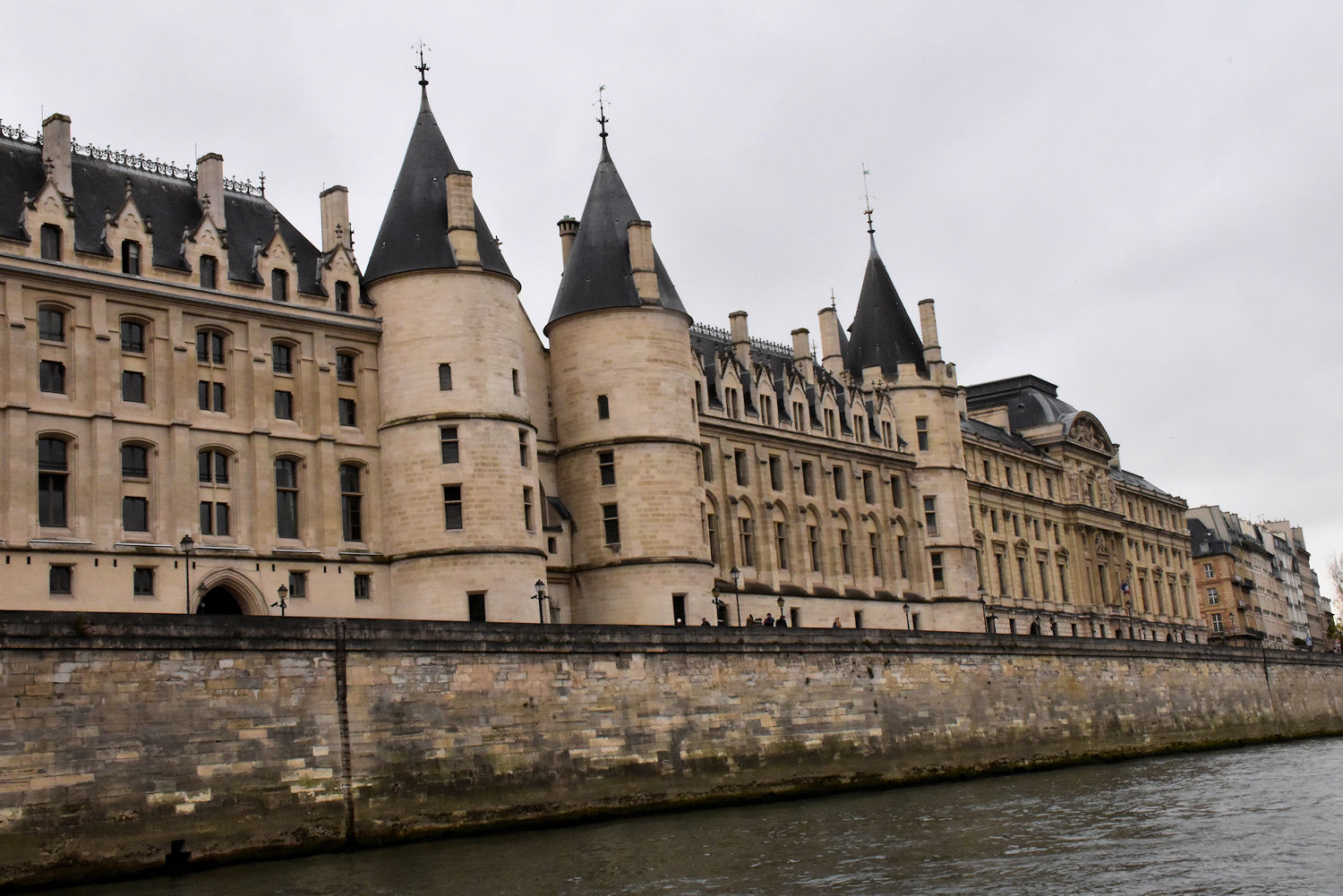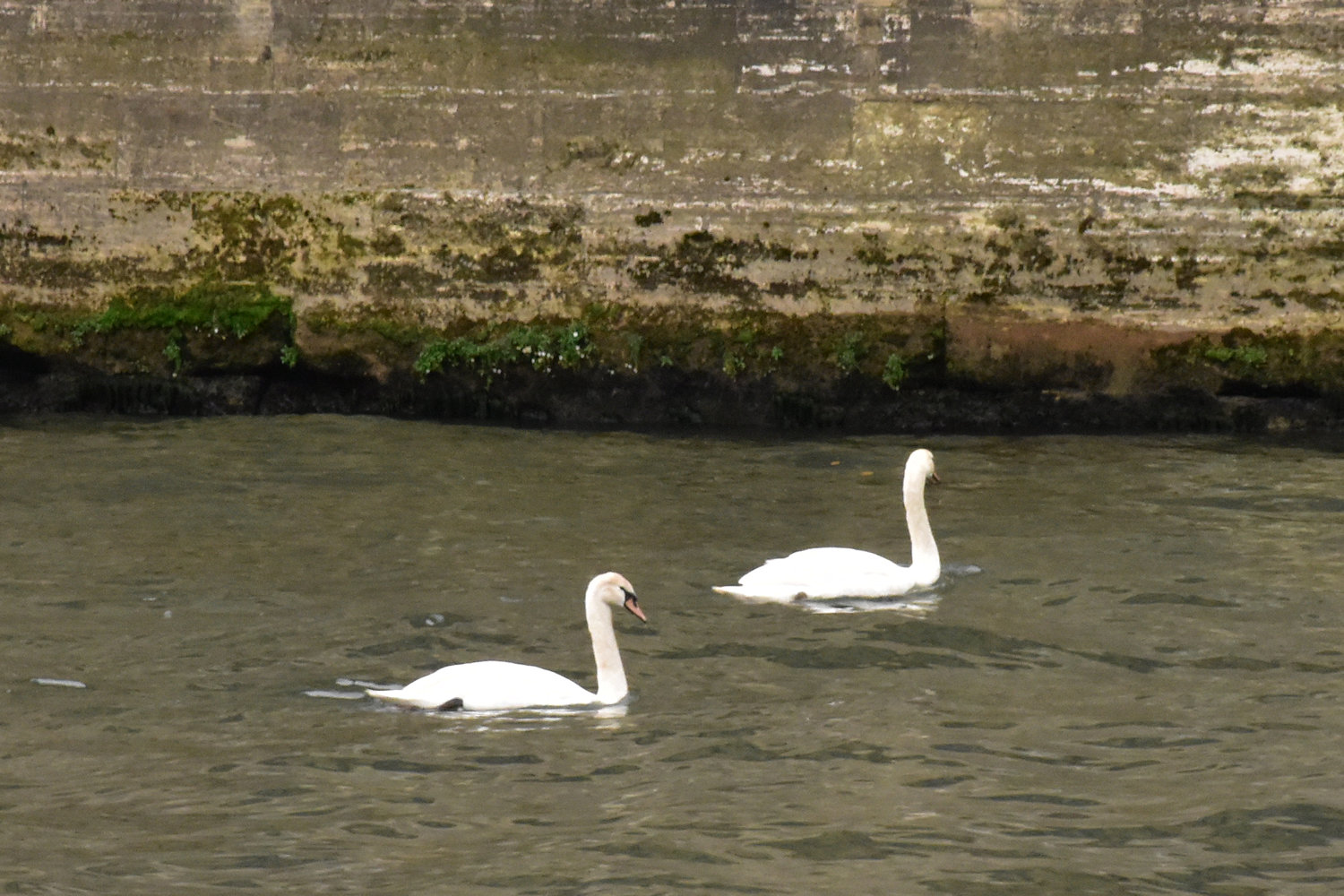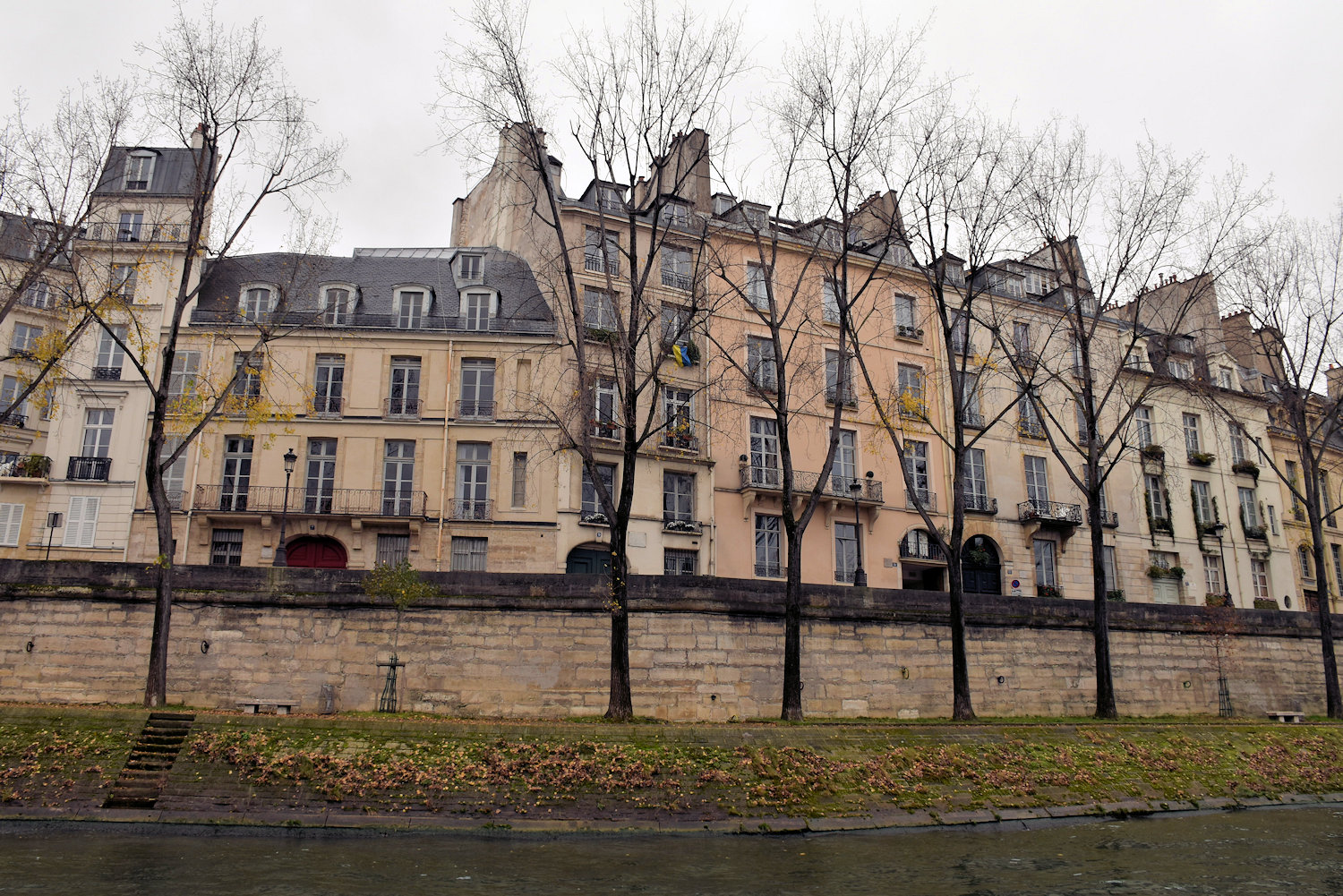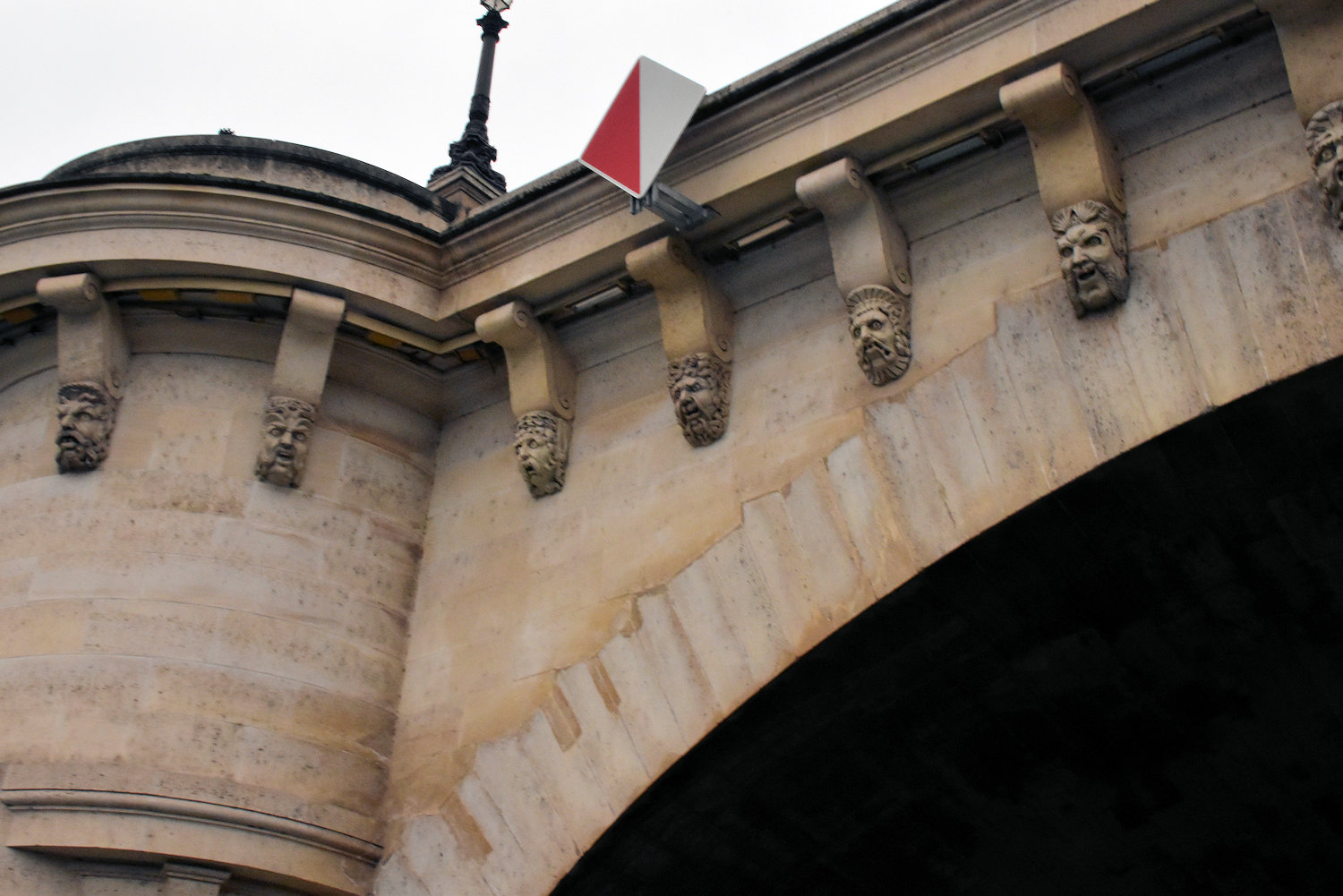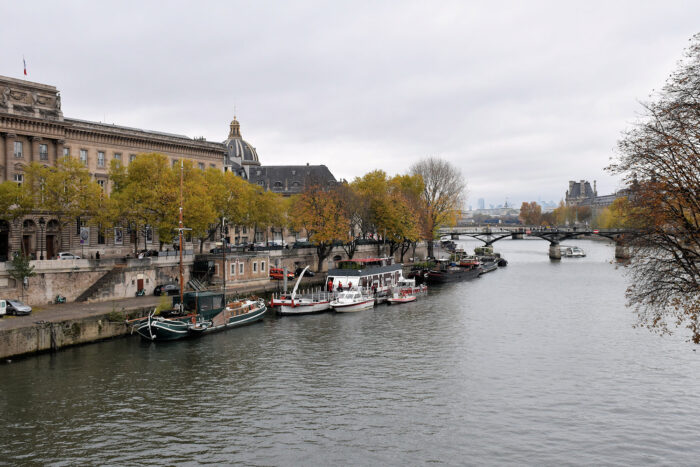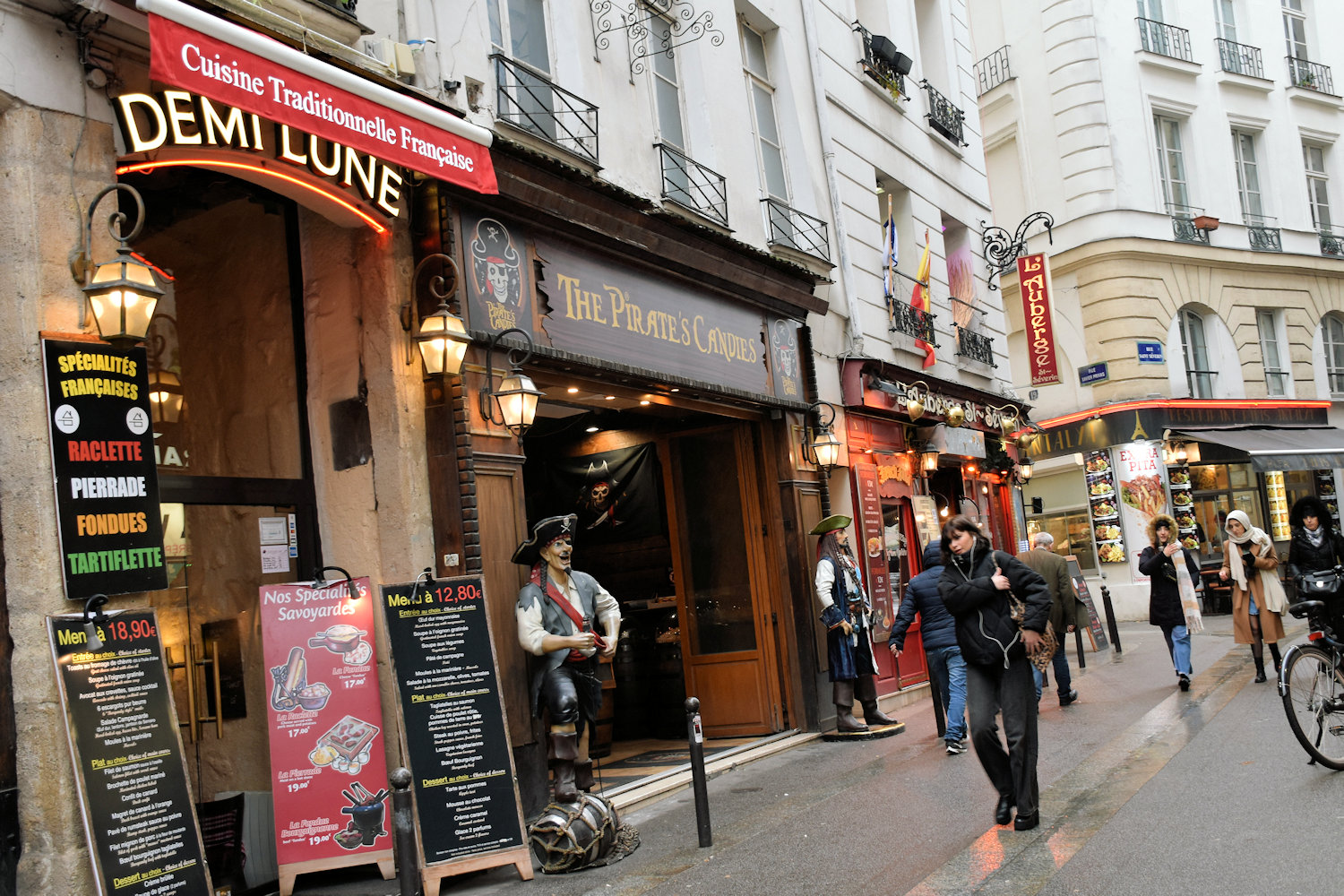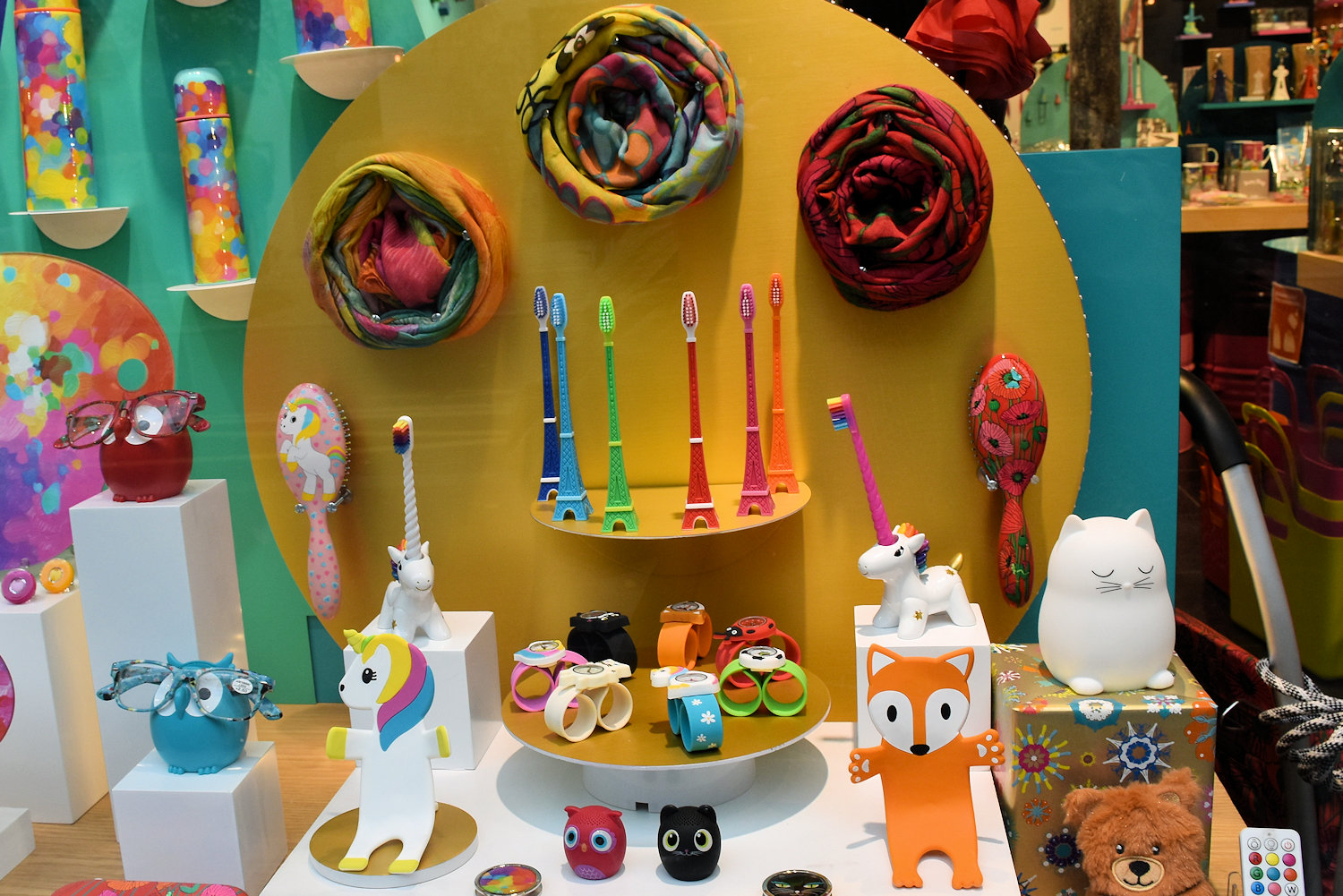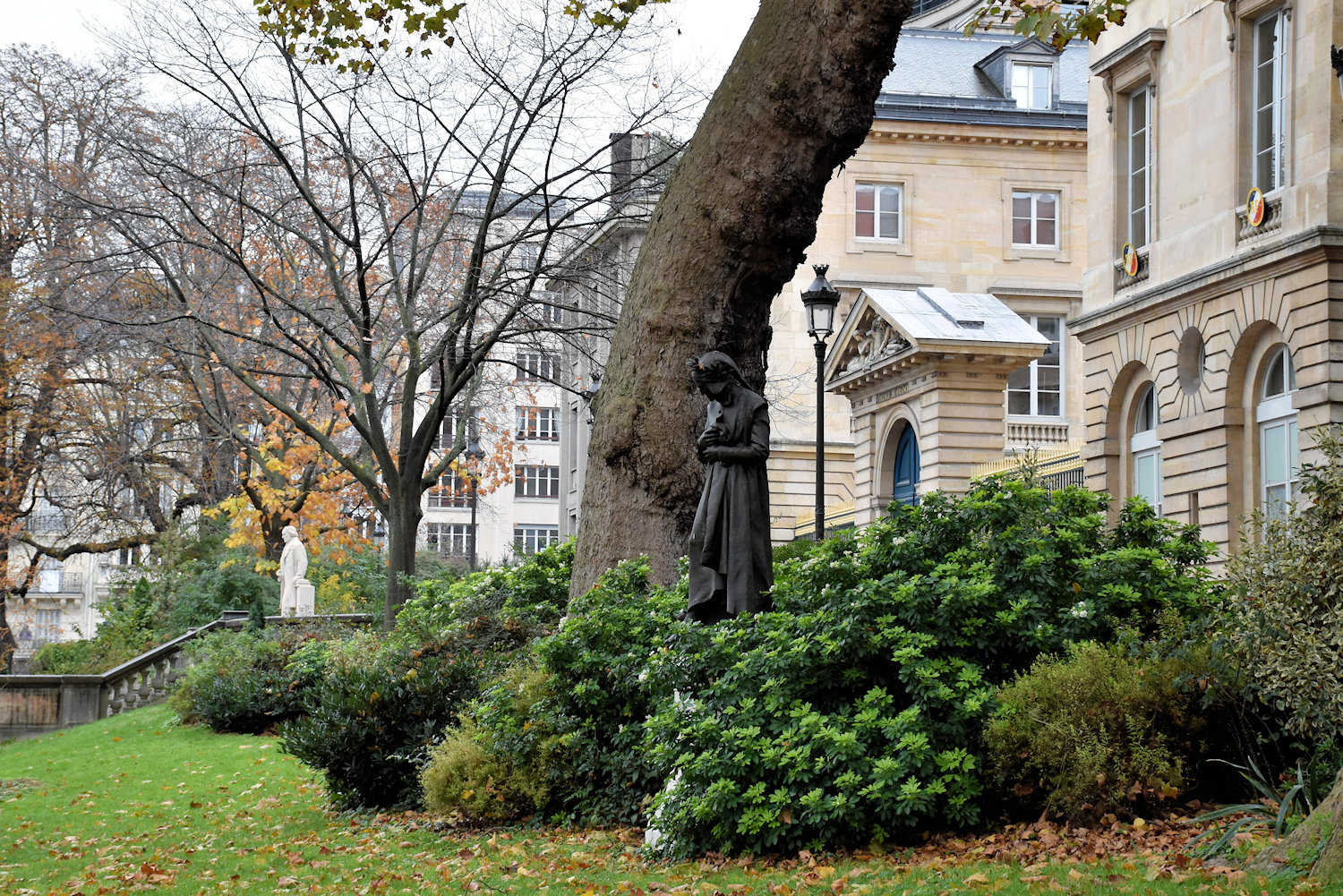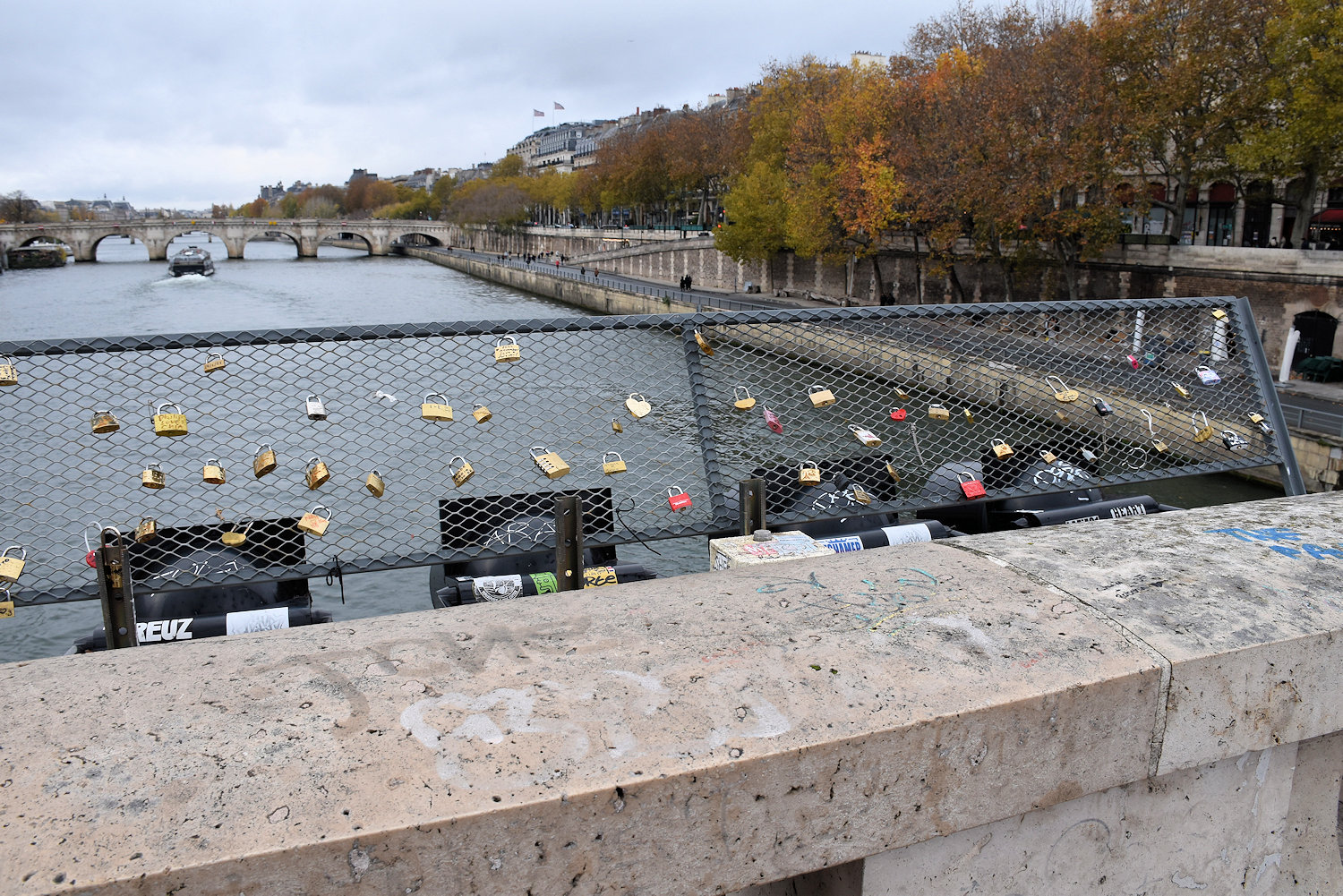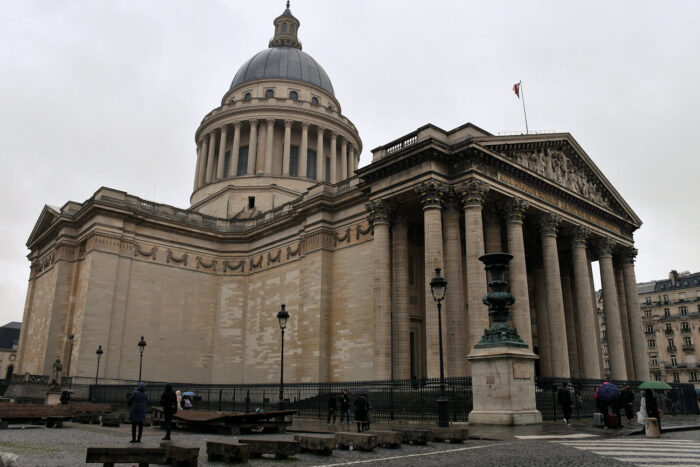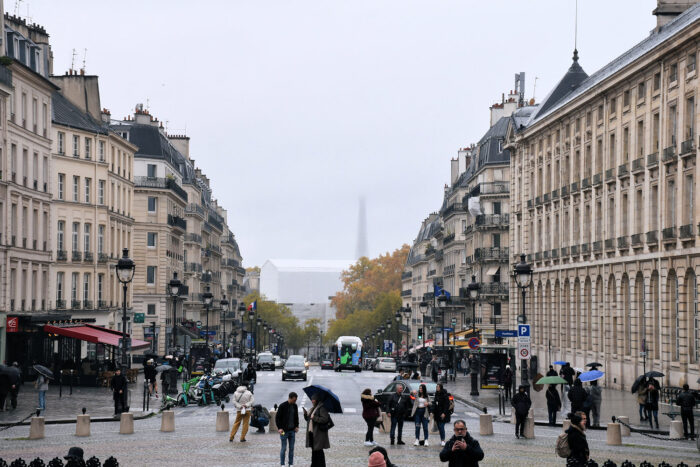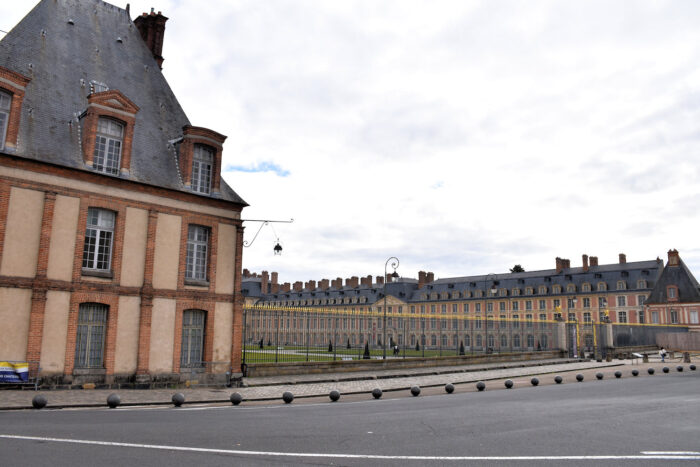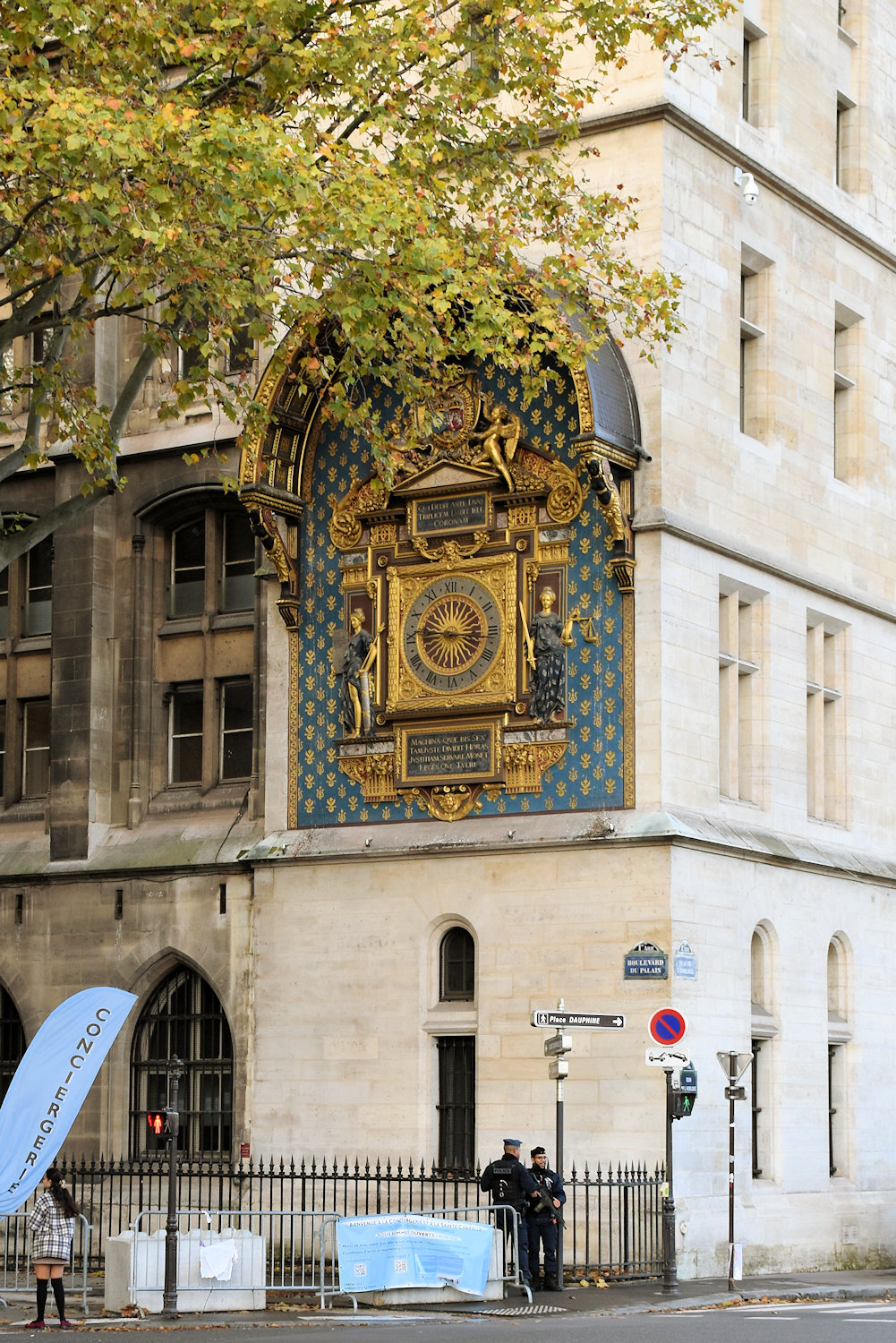A lot of things to look at.
This took a while to do. There’s a lot to cover!
On the banks of the Tiber, Castel Sant’Angelo was built as Emperor Hadrian’s Mausoluem.
Rome: mostly churches actually
So this is the Pantheon. It was built as a Roman temple in the 2nd century, replacing an earlier building.
In 609, the Byzantine emperor Phocas gave the building to Pope Boniface IV, who converted it into a Christian church and consecrated it to St. Mary and the Martyrs on 13 May 609: “Another Pope, Boniface, asked the same [Emperor Phocas, in Constantinople] to order that in the old temple called the Pantheon, after the pagan filth was removed, a church should be made, to the holy virgin Mary and all the martyrs, so that the commemoration of the saints would take place henceforth where not gods but demons were formerly worshipped.”
Wikpedia
Inside I found it rather underwhelming. It’s just another church. I mean, it’s nice enough but I’m glad I didn’t have to pay or queue to get in.
Rome: an introduction
When I was planning this trip, I wasn’t sure about visiting Rome. It seemed like a busy, noisy, dirty city. It’s one of those places people either love or hate. But as I was going to be in the area, I decided to check it out and booked six nights.
As the time to visit approached, I started to regret this decision. I went to Pompeii first, and I wasn’t particularly taken with Campania (the area around Pompei & Naples). I loved the ruins. I might have cried a little when it came time to leave. But the cities? They were noisy and dirty and full of impatient people. I really didn’t care to stay in a bigger version.
Then I stepped out of Roma Termini (the railway station) after two long train trips and lugging a heavy suitcase and backpack, and it was “Oh, you beautiful city”.
Herculaneum
This is Herculaneum. Before being covered in ash and lava, it was a resort town, of about 5000 people. Smaller than Pompeii and only a small amount has been excavated. This site you could easily visit in 2-3 hours. (For that and what I mention below, some people prefer visiting here to Pompeii.)
As you enter the ruins, you cross a bridge with this view.
Pompeii: the public buildings
Back in 62 CE (AD), Pompeii was struck by a major earthquake. They were still repairing damage from this seventeen years later Vesuvius erupted and buried the city. Apparently, many of the public buildings had not yet been repaired. (Also, as a random fact because I only found this out the other day, in 89 BCE, Pompeii was besieged by Romans.)
So, let’s start with the the Forum, the heart of any good Roman city. It was a public square surrounded by markets, government buildings and the major temples. You can see some remains of the colonnade that ran along the sides.
At one end is the main temple, Temple of Jupiter or Capitolium (dedicated to the trio of Jupiter, Kuno & MInera). One of the buildings that wasn’t repaired after the earthquake. (Such an innocent looking mountain in the background.)
Pompeii: streets and houses
Pompeii is a large site. It was home to about 20,000 people and I about 2/3 of that has been excavated. Not all of the excavated area is open to the public but the Park still covers a large part of the city. The website recommends a minimum of 2-3 hours to visit the site. Now I know it says minimum but that suggests you can get around most of the area in 2-3 hours. I had five days there. One was washed out and another I visited Herculaneum, although I dropped into Pompeii for the last couple of hours of the day. So, that was three days of 3-4 hours each, and I managed to get to everything I wanted to see but not the whole site. Big place. But it was a city, and like any city it was mostly houses and shops.
A typical street small shops along the sides, open to the street, and the houses are in behind.
There are also water fountains and stones for crossing the road (you can see some behind the fountain).
Paris: Day Last is just some photos of the river and the streets
I had some time to fill in before leaving for the airport, so I went for a walk down to the river.
Here I walked past a boat cruise on the same side of the river as me, so I hopped on!
Unfortunately, while the cruise was good, the weather was not.
They went down to the tower, then came back up past the starting point, going along one side of the Île de la Cité and down the other.
Unfortunately, the weather continued to deteriorate. I’m not complaining. When I arrived in the city, it was dark and raining steadily. But the days that followed were sunny but mild. Perfect weather for walking around and taking photos! There wasn’t any significant rain until the morning of departure. So really not complaining, but noting why there are not many photos.
And many of the photos I did take have little splotches all over them (from rain on the lens). These are the better ones:
After the cruise, I continued my walk and took some random photos of things in the streets.
The [Pantheon] was built between 1758 and 1790, from designs by Jacques-Germain Soufflot, at the behest of King Louis XV of France; the king intended it as a church dedicated to Saint Genevieve, Paris’s patron saint, whose relics were to be housed in the church. Neither Soufflot nor Louis XV lived to see the church completed. By the time the construction was finished, the French Revolution had started; the National Constituent Assembly voted in 1791 to transform the Church of Saint Genevieve into a mausoleum for the remains of distinguished French citizens, modelled on the Pantheon in Rome which had been used in this way since the 16th century. The first panthéonisé was Honoré Gabriel Riqueti, comte de Mirabeau, although his remains were removed from the building a few years later. The Panthéon was twice restored to church usage in the course of the 19th century—although Soufflot’s remains were transferred inside it in 1829—until the French Third Republic finally decreed the building’s exclusive use as a mausoleum in 1881. The placement of Victor Hugo’s remains in the crypt in 1885 was its first entombment in over fifty years.
Wikipedia
Church of Saint-Séverin
And one last look back over the city.
Paris: Day 4 is not in Paris
This is the Chateau de Fontainebleau. It’s a former royal palace outside of Paris, like Versailles, but less crowded. (It gets like 1/30 as many visitors. It’s also less overblown-ridiculously decorated.)

Both near and far from Paris, Fontainebleau had everything to please Francis I. He was a humiliated king, returning from a trying period of imprisonment in Madrid (1525-1526), who set his sights on this prestigious medieval ruin and undertook its reconstruction. In 10 years, the project to redevelop a hunting castle evolved into an ambitious and monumental building site, establishing Fontainebleau as the king’s favourite ‘house’. On the foundations that retained the original plan, the master builders built a new dwelling with more light and extended a residence towards the west that was enriched with the best finery of the Renaissance.
Chateau de Fontainebleau
Paris: Day 3 A lot of walking
Today’s walk requires going to the other side of the Seine, and crossing Île de la Cité.
Île de la Cité is an island in the river Seine in the center of Paris. In the 4th century, it was the site of the fortress of the Roman governor. In 508, Clovis I, the first King of the Franks, established his palace on the island. In the 12th century, it became an important religious center, the home of Notre-Dame cathedral, and the royal chapel of Sainte-Chapelle, as well as the city’s first hospital, the Hôtel-Dieu. It is also the site of the city’s oldest surviving bridge, the Pont Neuf. With the departure of the French kings to the Louvre Palace, and then to the Palace of Versailles, the island became France’s judicial centre. In 1302, it hosted the first meeting of the Parliament of Paris and was later the site of the trials of aristocrats during the French Revolution.
Wikipedia


